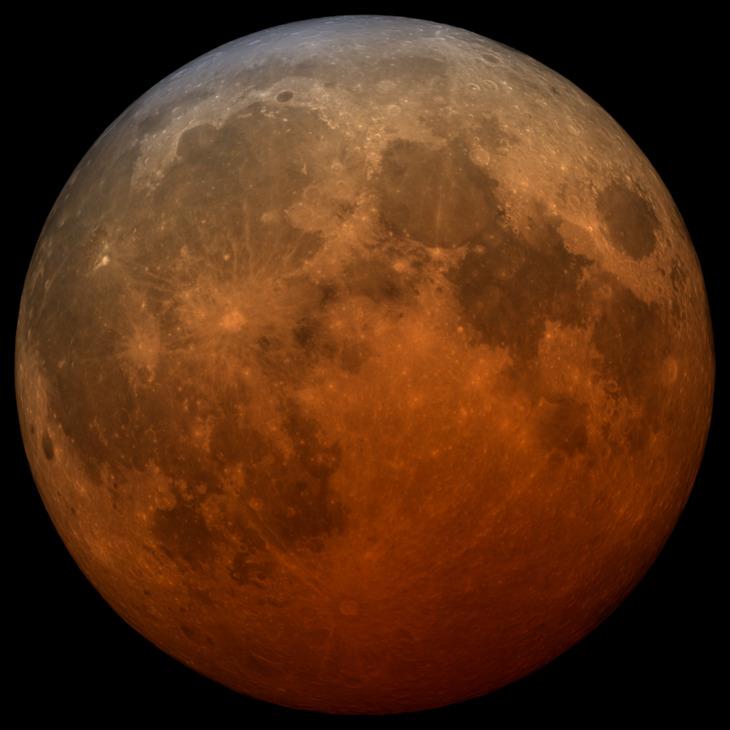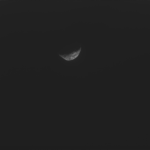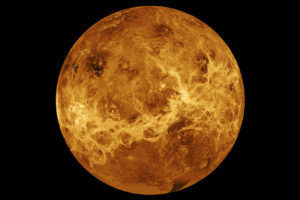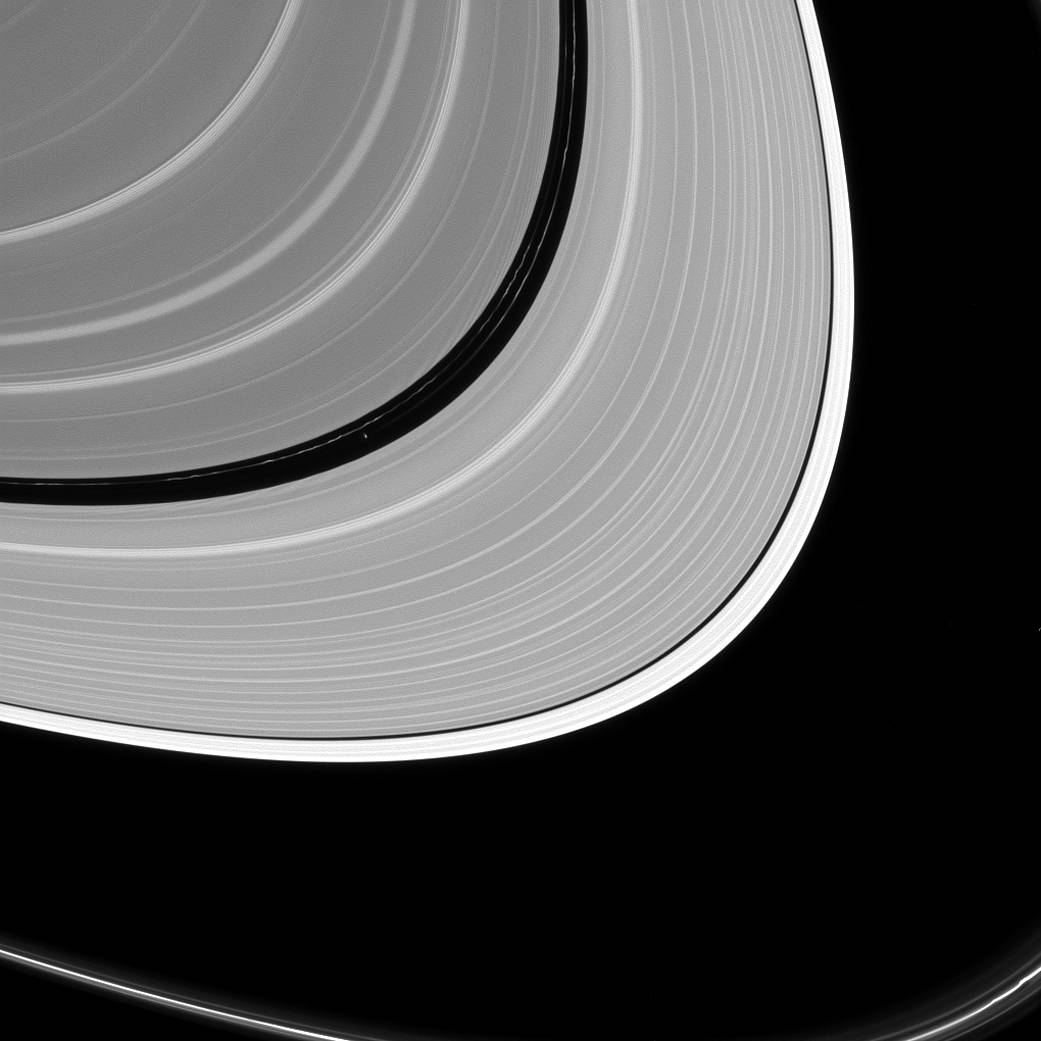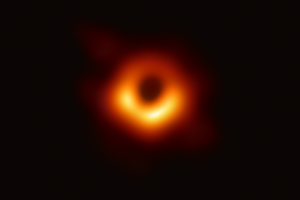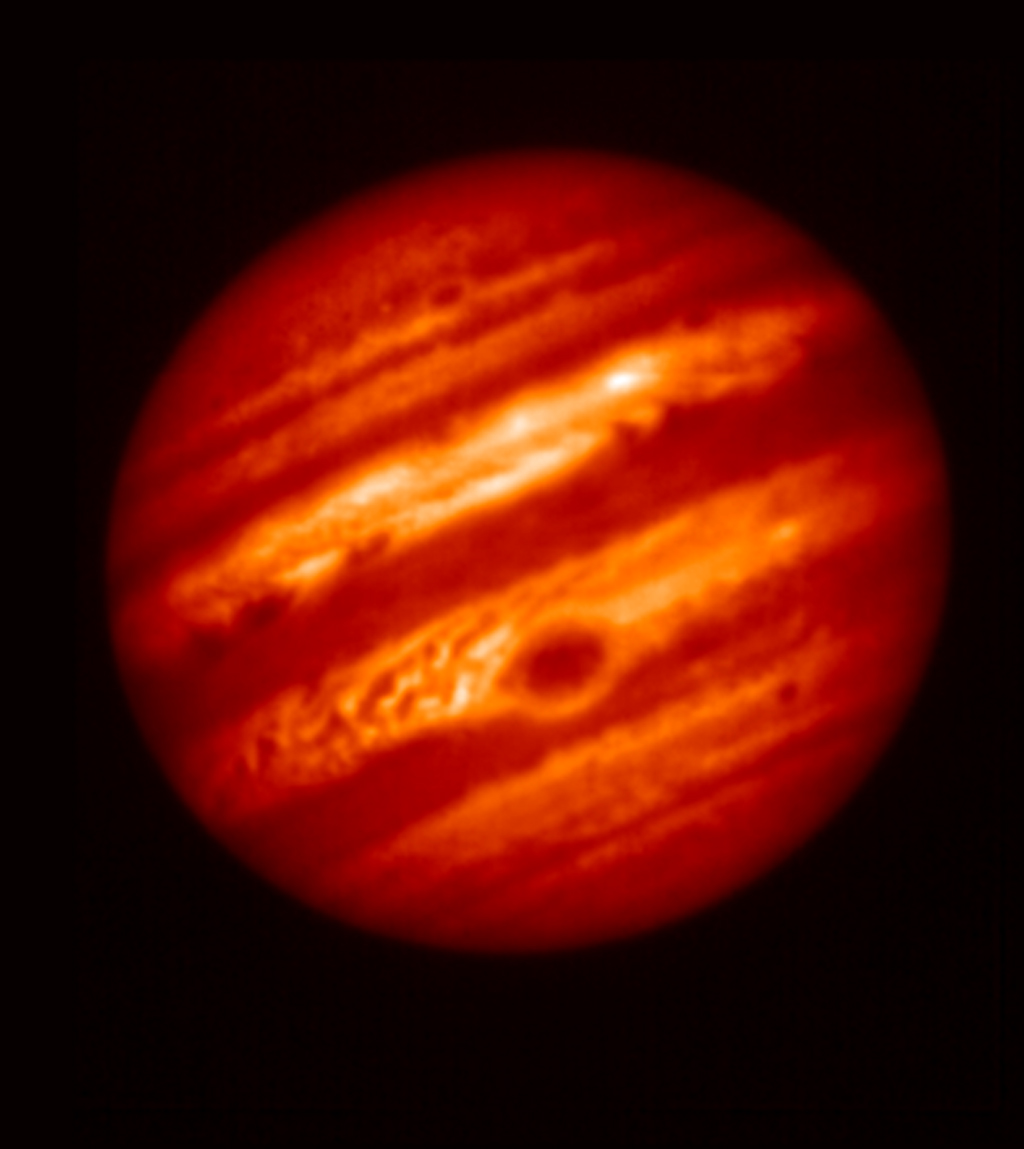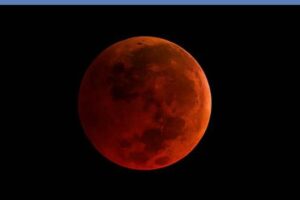日本では月が赤く見えたなら「不吉なことの前兆」とか「何か恐ろしいことが起きる前触れ」って感じです。
しかし世界は広い。
アメリカ、およびアメリカの先住民からすると「ストロベリームーン」とか「フラワームーン」として豊作の予兆として歓迎されていました。
あまりに赤くなると「ブラッドムーン」つまり「血の色に染まった月」ですが、今回の2021年5月26日はそこまでは血の色に染まることはないようです。
ちなみに、ストロベリームーンとブラッドムーンは似ているのですが、実は違うものです。
- ストロベリームーンは、夏至近くの満月
- ブラッドムーンは、皆既月食
なのです。
今回の2021年5月26日のブラッドムーンは、2021年5月26日でストロベリームーンの時期に重なるので、少し話がややこしくなります。
NASAの公式サイトのURLはこちら:
May 2021 – Watch the Skies (nasa.gov)
以下はオリジナル原文です。
May’s Full Moon Comes with Supermoon Eclipse
As we approach month’s end, there is not one, not two, but three celestial events happening with our Moon!
The Moon will be located on Earth’s opposite side from the Sun and fully illuminated May 26, 2021, at 6:13 a.m. CDT. This Full Moon was known by early Native American tribes as the Flower Moon because this was the time of year when spring flowers appeared in abundance.
Compared to other Full Moons in 2021, the Flower Moon will have the nearest approach to Earth, making it appear as the closet and largest Full Moon of the year. This is what is commonly referred to as a “supermoon”. Yet, it’s not just bringing brightness and size. May’s supermoon is also bringing a “super power” to change its color, and the color is red!
Mars is most commonly known as the Red Planet. But have you ever witnessed our own planet’s Moon turn red? If you haven’t, you’ll get your chance with this year’s only total lunar eclipse also happening May 26! It’s been nearly two and a half years since the last one.
A total lunar eclipse occurs when the Moon passes completely through the Earth’s dark shadow, or umbra. During this type of eclipse, the Moon will gradually get darker, taking on a rusty or blood-red color. The color is so striking that lunar eclipses are sometimes called Blood Moons.
The total eclipse phase will be visible near moonset in the western United States and Canada, all of Mexico, most of Central America and Ecuador, western Peru, and southern Chile and Argentina. The eclipse can be seen in its entirety in eastern Australia, New Zealand, and the Pacific Islands, including Hawaii. Unlike a solar eclipse, you won’t need special glasses to view this lunar eclipse, just go outside and keep your head to the sky!
“Folks in Hawaii and the Aleutian Islands will get to see the entirety of this eclipse – it will be quite a show for them,” said Bill Cooke, Lead, NASA Meteoroid Environments Office.
The eclipse is set to begin May 26 at 1:46 a.m. PDT, with the Moon entering the darkest part of the Earth’s shadow at 2:45 a.m. Part of it will remain in the umbra until 5:53 a.m. To catch totality – the period when all of the Moon’s surface is blanketed by the Earth’s dark shadow – look up between 4:11 and 4:26 a.m.
We haven’t had a total lunar eclipse occur with a supermoon in almost six years, and the next total lunar eclipse won’t happen over North America until May 2022.
Enjoy this spectacle of the sky!
by Lance D. Davis
